Porcelain tiles are renowned for their durability, aesthetics, and versatility. Whether you’re considering them for your home or a commercial space, one question often arises: should you seal porcelain tiles? In this comprehensive article, we’ll dive into the world of porcelain tile sealing. We’ll explore the need for sealing, the types of sealers available, the ideal environments for sealing, and the proper techniques for application and maintenance. Let’s start by understanding what tile sealer is and whether it’s suitable for porcelain tiles.
What is tile sealer and can it work on porcelain?
Tile sealer is a protective coating applied to various types of tiles, including porcelain, to enhance the appearance and safeguard against damage. However, porcelain tiles are distinct due to their low porosity, which naturally makes them more resistant to staining and moisture absorption than other tile materials.
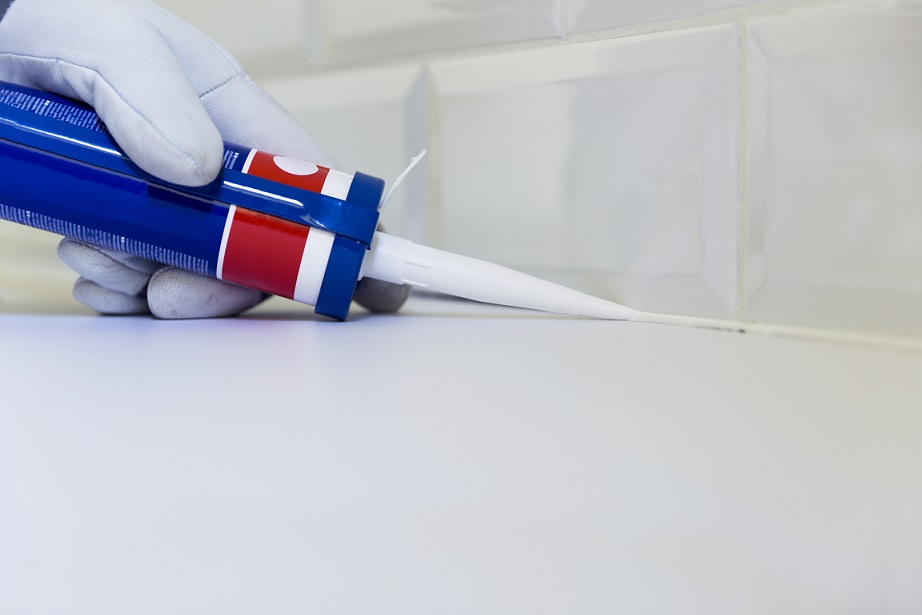
Which is better, sealing vs not sealing porcelain tile?
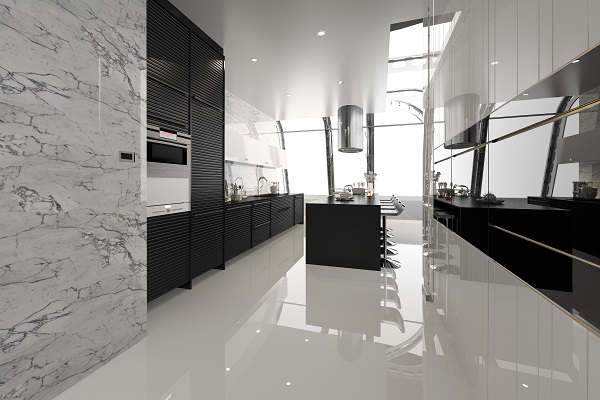
What is the best environment for tile sealer to work?
If you decide that sealing your porcelain tiles is the way to go, it’s crucial to choose the right environment for this process. Porcelain tile sealer works best in conditions away from excess moisture, dirty grout, and the threat of microbial growth.
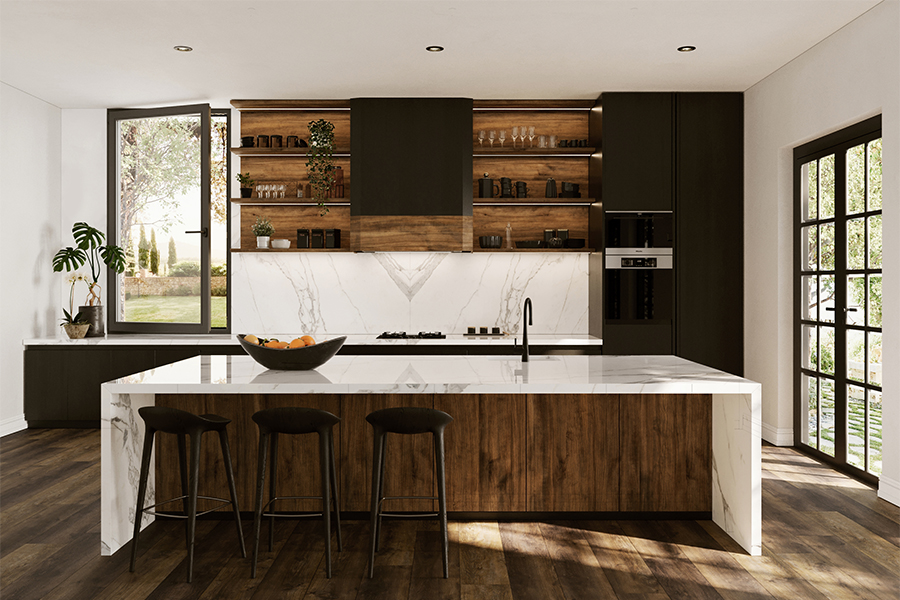
Best time to seal tile and grout
The sooner you seal both the tile and grout, the better the chances of protecting your porcelain tiles from stains and damage.
Grout vs no grout
When sealing porcelain tiles, don’t forget the importance of sealing the grout as well. Grout is often more porous than porcelain, making it susceptible to staining and moisture absorption. Sealing the grout lines alongside the tiles ensures uniform protection and a cohesive appearance.
Level of foot traffic
Consider the level of foot traffic in the area where the porcelain tiles are installed. High-traffic areas, like hallways or entryways, may require more frequent sealing to maintain their appearance and longevity.
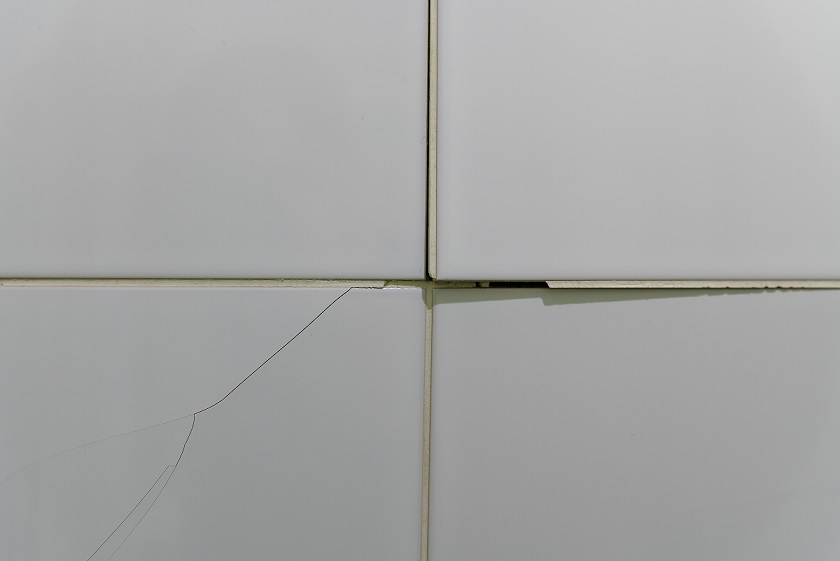
Exposure to moisture
Areas prone to moisture, such as bathrooms, kitchens, and outdoor spaces, benefit greatly from porcelain tile sealing. Sealing acts as a barrier against moisture infiltration, preventing potential damage and ensuring a longer lifespan for your tiles.
Desired finish
Think about the desired finish for your porcelain tiles. Sealing can offer various finishes, from a glossy wet look to a natural matte appearance. Select a sealer that aligns with your aesthetic preferences and the functionality of the space.
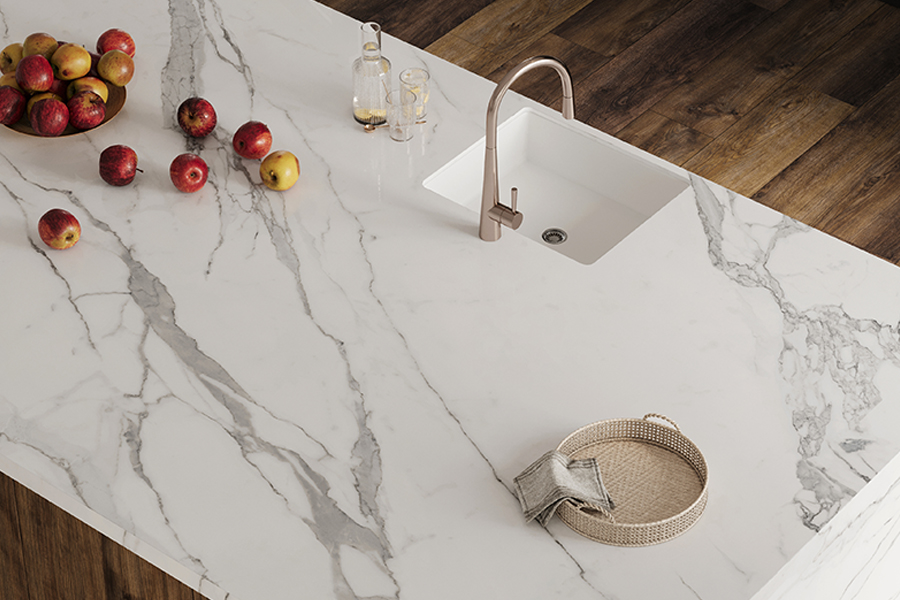
What are the different types of porcelain tile sealer?
Porcelain tile sealers come in different formulations to suit specific needs. They are generally categorized into three types: penetrating (impregnating) sealers, topical sealers, and hybrid sealers.
Penetrating sealers
Penetrating sealers work by infiltrating the porous structure of the porcelain tiles and grout, forming a protective barrier from within. They don’t alter the appearance of the tiles and are an excellent choice for maintaining a natural look. Penetrating sealers can be further divided into:
[e.g. Polyurethane vs Acrylic Tile Sealers]
Polyurethane-based sealers offer robust protection and are resistant to moisture, making them suitable for areas with high humidity. Acrylic-based sealers, on the other hand, provide a glossy finish and are generally less expensive.
[e.g. Water Based vs Solvent (Chemical) Based]
Water-based sealers are environmentally friendly, emit fewer fumes, and dry quickly. Solvent-based sealers, while effective, emit stronger odors and require proper ventilation during application. Choose the formulation that aligns with your preferences and the environment in which you’re working.
Topical sealers
Topical sealers create a protective layer on the surface of the porcelain tiles. They come in various finishes, including matte, semi-gloss, and high-gloss. Topical sealers are ideal for achieving a specific aesthetic effect while providing protection.
Hybrid sealers
Hybrid sealers combine the properties of both penetrating and topical sealers. They penetrate the tile’s surface to some extent while also forming a protective film on top. This combination offers enhanced protection and versatility in achieving desired finishes.
How to apply sealer to a porcelain tile surface
Once you’ve chosen the appropriate sealer for your porcelain tiles, the next step is proper application. To ensure the seal bonds completely without interfering with adhesion or absorption, consider the following tools and techniques:
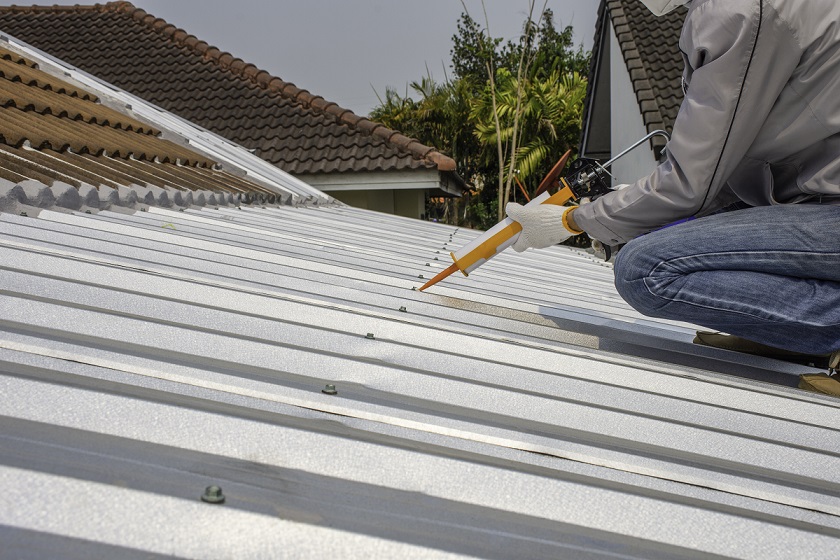
Always follow the manufacturer’s recommendations regarding the number of coats, drying times, and any additional steps needed for curing and bonding. Proper application ensures the sealer effectively protects your porcelain tiles.
How to care and maintain sealed porcelain tile surface
Caring for and maintaining sealed porcelain tiles is essential to ensure their durability, longevity, and appearance. Here are some tips for keeping your porcelain tiles in top condition:
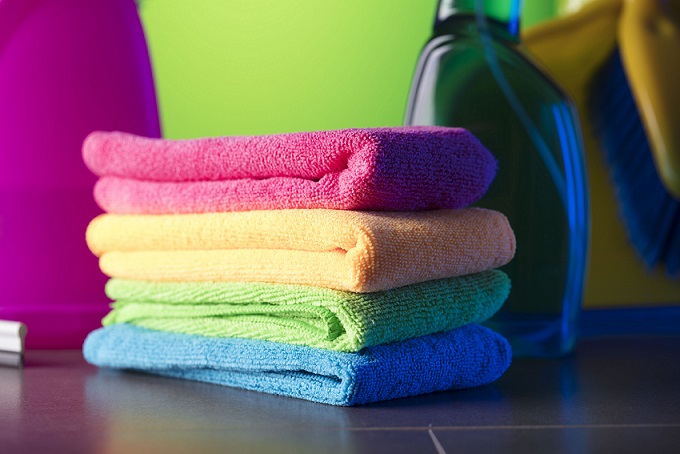
By following these care and maintenance tips, you can enjoy the benefits of sealed porcelain tiles for years to come, ensuring they continue to look their best.
Contact us
Protecting your porcelain tile surfaces is essential to maintaining their beauty and functionality. Whether you have questions about choosing the right sealer, application techniques, or long-term maintenance, we’re here to help.
Visit LX Hausys to explore our range of porcelain tiles and connect with our experts for expert advice on sealing and caring for your tiles. Contact us for expert advice on protecting and maintaining your porcelain surfaces. Your porcelain tiles deserve the best care!
